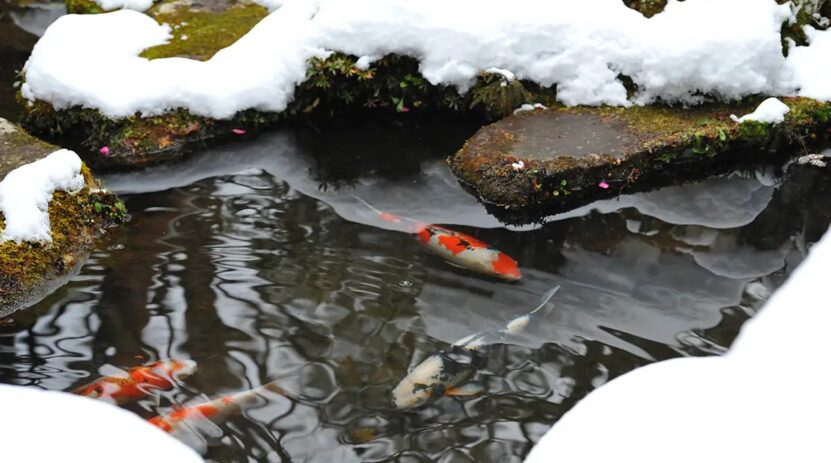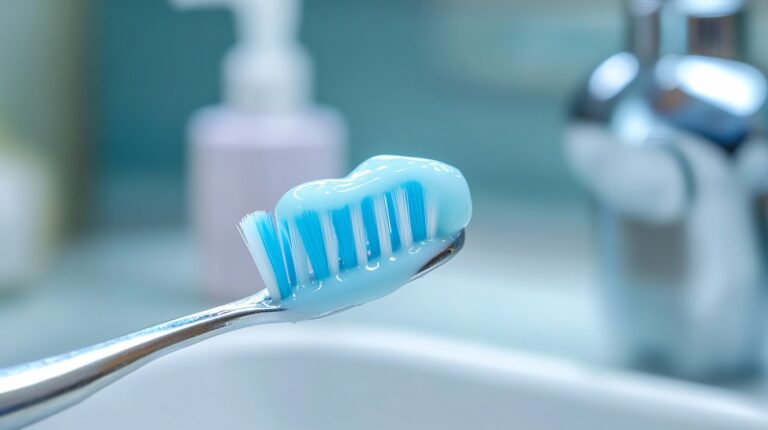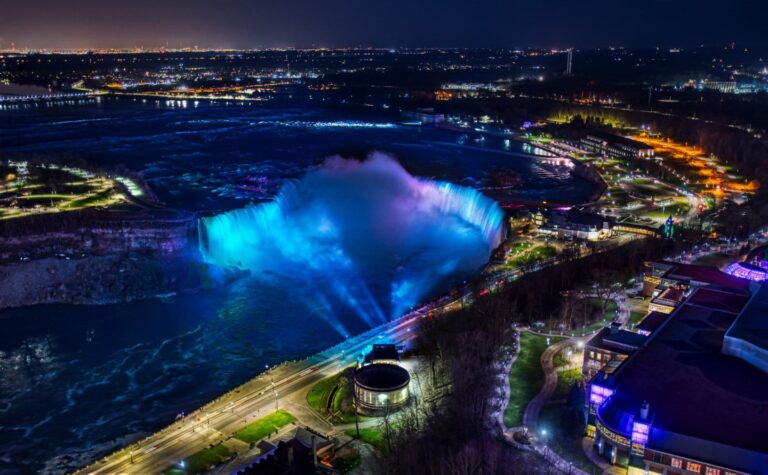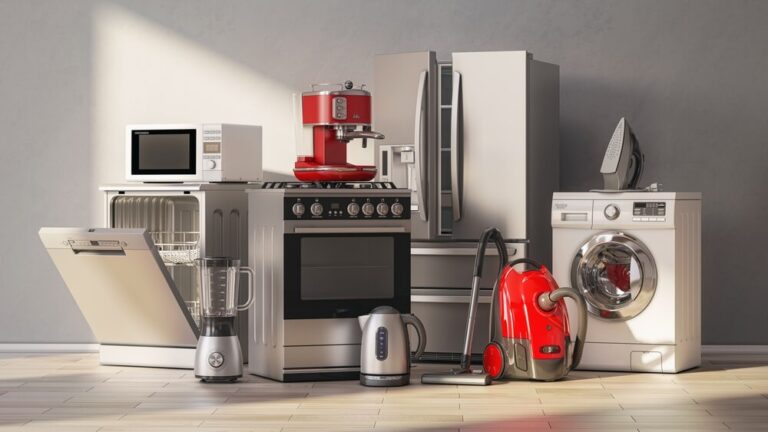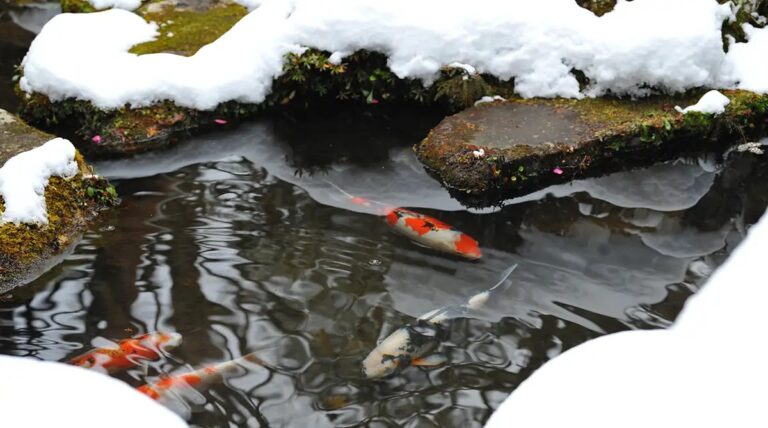Keeping a pond clean in cold weather feels like fighting a battle against an invisible enemy. The algae problem never really disappears, it just slows down, waiting for a chance to take over. But, with the right approach, a pond can stay clear even in the coldest months.
Key Points
- Algae does not stop growing in winter, just at a slower pace.
- Proper circulation helps prevent stagnation.
- A clean pond before winter means fewer problems later.
- Natural solutions work best for long-term algae control.
- Fish and plants need protection in low temperatures.
- De-icers and aerators help maintain water movement.
- Overfeeding fish increases algae problems.
Start Winter Pond Care Right with Expert Help
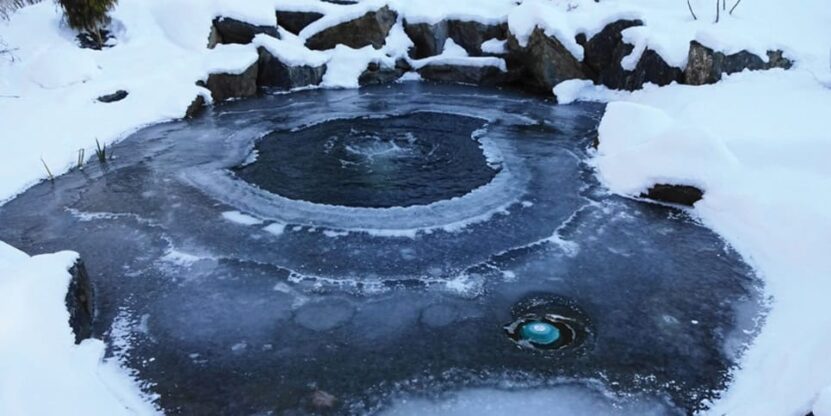
A messy, neglected water feature invites unwanted growth even in the cold season. A pond specialist can provide expert solutions to keep water clear, fish healthy, and maintenance stress-free. Professional cleaning and maintenance ensure the water stays balanced, reducing the risk of excess algae buildup.
That Pond Guy, offers tailored solutions for all types of ponds across Kent, London, and nearby regions.
Regular maintenance removes organic debris, stabilizes the ecosystem, and keeps water moving. Without these steps, stagnant areas form, leading to algae problems once temperatures rise. Professional assistance makes the process easier and more effective, avoiding future headaches.
Why Algae Still Exists in Winter
Algae does not just disappear when temperatures drop. It slows down but does not stop growing. Several factors contribute to its survival:
- Sunlight Exposure – Even weak winter sun can fuel growth.
- Nutrient Buildup – Decaying leaves and fish waste feed unwanted growth.
- Stagnant Water – Lack of circulation encourages algae formation.
- Unfiltered Organic Material – Dead plants and uneaten fish food lead to excess nutrients.
Without action, algae returns stronger when temperatures rise. Lower temperatures slow growth, but as soon as conditions improve, algae spreads rapidly. Preventive measures ensure that winter does not turn into an opportunity for algae to take over in the spring.
Cleaning Before Winter – The Most Important Step
A proper cleanup before temperatures drop prevents most winter-related issues. Steps include:
- Remove Dead Leaves & Debris – Decomposing material releases excess nutrients.
- Cut Back Plants – Trimming prevents overgrowth and decay in the water.
- Reduce Fish Feeding – Cold temperatures slow digestion; excess food leads to waste buildup.
- Check the Filter – A clean filter reduces the risk of stagnation.
- Vacuum the Bottom – Sludge removal eliminates hidden problem areas.
Skipping these steps allows algae to survive the season. A well-maintained pond is more resilient against temperature changes and keeps water conditions stable throughout the colder months.
Keep Water Moving – The Key to Algae Prevention
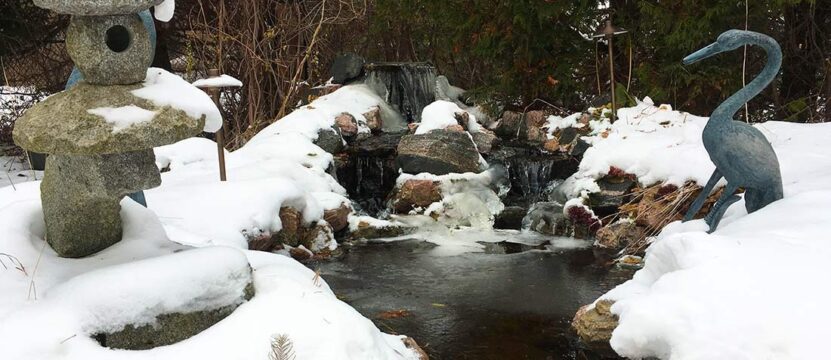
Still water turns into a breeding ground for problems. Solutions for keeping water in motion include:
- Aerators – Prevents stagnation and improves oxygen levels.
- De-icers – Keeps a small section open in frozen conditions.
- Waterfalls or Fountains – Encourages movement, reducing algae growth.
- Partial Water Changes – Helps control nutrient levels.
Movement prevents ice from sealing the surface completely, ensuring gas exchange and a healthier environment. Even in freezing temperatures, a small open area makes a huge difference in water quality.
Natural Solutions for Clear Water in Winter
Harsh chemicals are not always the best option. Natural methods help maintain balance without harming fish or plants.
- Beneficial Bacteria – Breaks down organic waste before algae can feed on it.
- Barley Straw – A natural way to slow algae formation.
- Shade Control – Using covers or floating plants limits sunlight exposure.
- Proper Fish Feeding Habits – Less waste means fewer nutrients for algae.
A natural approach creates a long-term solution rather than a quick fix. Over-reliance on chemical treatments can cause imbalances in the pond ecosystem, leading to more problems in the future.
Fish Care During Cold Months
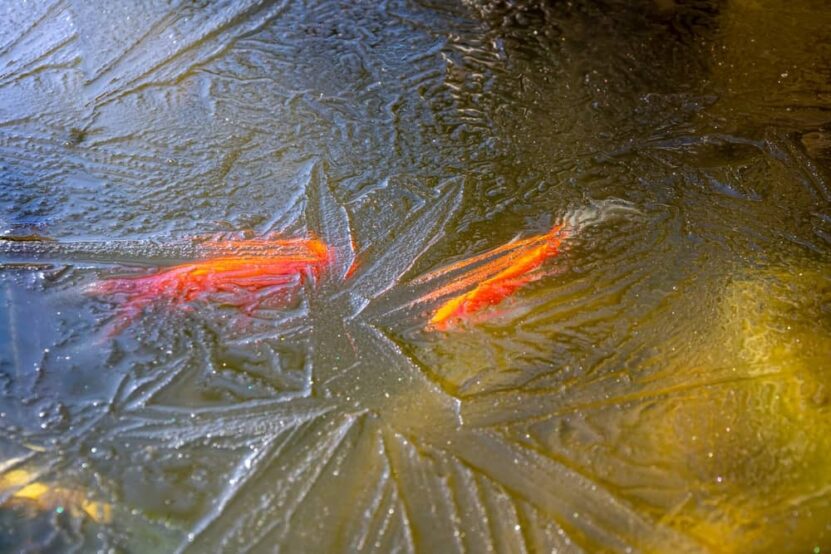
Cold temperatures affect fish health and behavior. A few essential steps help keep them safe:
- Use a Floating De-icer – Prevents ice from sealing off oxygen.
- Avoid Breaking Ice – The shock can stress or harm fish.
- Provide Proper Shelter – Rocks or plant cover create safe hiding spots.
- Monitor Feeding – Only feed when absolutely necessary, as fish eat less in colder temperatures.
Taking care of fish prevents unnecessary stress and health issues. Fish metabolism slows in cold conditions, meaning they require fewer nutrients. Overfeeding can lead to excessive waste buildup, indirectly fueling algae growth.
Ice Problems and How to Handle Them
Ice can create challenges, but solutions exist:
Do’s:
- Use a heater or de-icer to keep part of the surface open.
- Check for signs of distress in fish without disturbing them.
- Add an aerator for oxygen exchange.
Don’ts:
- Never pour hot water to melt ice.
- Avoid breaking ice with force.
- Do not let the entire surface freeze over.
A well-prepared setup handles freezing conditions without issues. Ice blocks gas exchange, trapping harmful toxins inside the pond, making it essential to maintain an opening for proper circulation.
Preventing Nutrient Overload in Winter
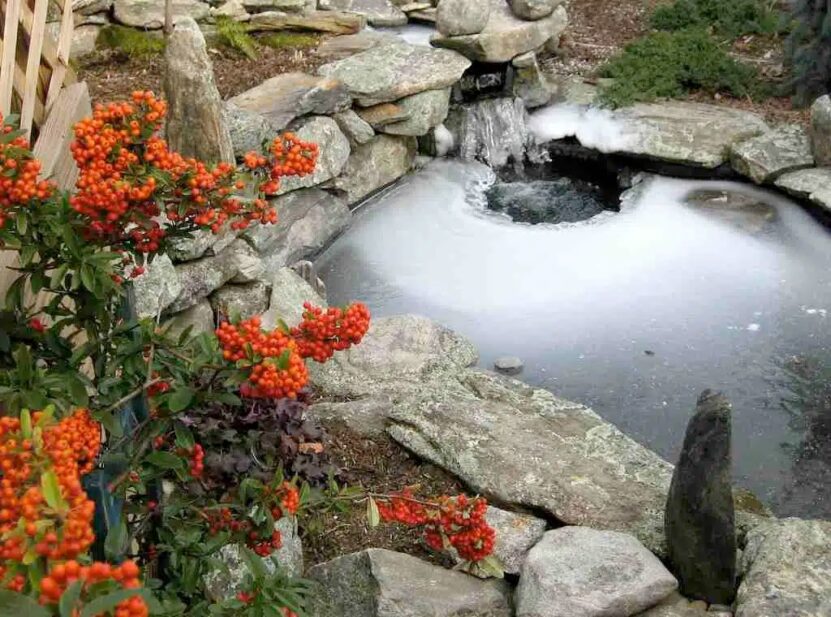
Even in cold months, organic waste accumulates. Managing nutrient levels ensures a healthier environment and prevents unwanted growth.
- Reduce Uneaten Food – Fish need less food, so excess feeds algae.
- Skim the Surface Regularly – Prevents leaves from sinking and decomposing.
- Check Filtration Efficiency – A strong filter prevents nutrient buildup.
- Use Beneficial Bacteria – Helps break down organic matter before it becomes a problem.
Excess nutrients provide the perfect conditions for algae, making prevention crucial.
Did You Know: Why Do Some Ponds Stay Clear Year-Round?
Some water features remain crystal clear even in winter. Why? The answer lies in proper maintenance, balanced ecosystems, and strategic prevention.
A combination of controlled feeding, consistent aeration, and natural filtration keeps the water stable. Small steps make a big difference over time.
Final Thoughts
Algae does not take a complete break in cold weather. A proactive approach prevents future issues, saves time, and protects fish and plants. The right balance of cleaning, movement, and natural treatments ensures the water stays in top condition. A little preparation now makes a huge difference once temperatures rise again.
Taking action means avoiding the headache of an algae-filled mess when spring arrives. A clear, healthy pond is worth the effort!

